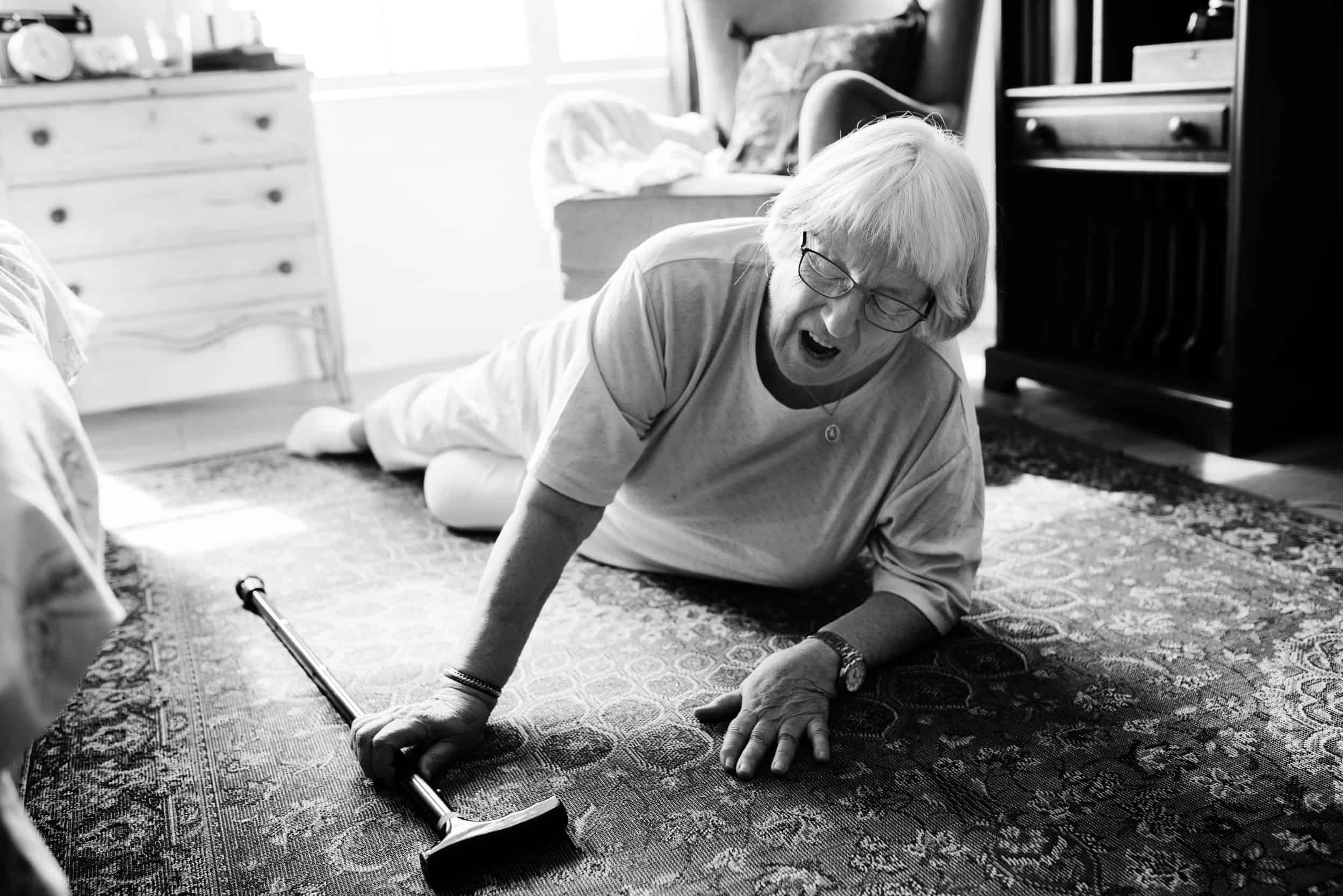 What do you want to be able to do that you struggle with now? How do you want to feel day-to-day? What do you want your lifestyle to look like?
What do you want to be able to do that you struggle with now? How do you want to feel day-to-day? What do you want your lifestyle to look like?
When you have a mobility impairment, these can sometimes feel like questions that don’t apply to you. You do what you can. Simple as that. Any day you get through safely is a good day.
Other times, you may wonder whether you’re living up to your fullest physical potential. What more might you be able to do, how much stronger could you be, given the proper support and opportunity?
In this article, we’re looking at ideas borrowed from the field of neurorehabilitation to explore two different ways to use assistive devices from wheelchairs to canes and walkers: one that helps you get through today and one that can help you build a better tomorrow.
Two Goals for Life: Compensation vs. Remediation
Occupational and physical therapists use these terms to talk about different approaches to improve daily living for people with many different kinds of impairments. These can be anything from injuries to strokes to degenerative disorders.
Here’s what these two approaches look like when it comes to your physical ability and health.
Compensation
The first goal is to develop ways to work around your disability so you can accomplish necessary tasks and participate in life. This is called “compensatory” behavior because you are compensating for your impairment.
A common example of this is walking less because you’ve become unsteady on your feet. You get a ride to places you used to walk to, sit while brushing your teeth or showering, remain seated at work or in social situations where you used to stand, etc.
The downside of compensatory behavior is that it tends to lead to a more sedentary lifestyle. This can cause physical deconditioning and increase your risk of obesity, high blood pressure, depression, heart disease, and stroke, among other consequences.
- Pro: You learn new ways to continue living your life while staying safe.
- Con: In the long term, compensation alone can lead to negative health consequences.
Remediation
The second goal is to work against your disability and “remediate” it to the greatest degree possible. In contrast to many compensatory behaviors, remediation strategies involve embracing physical activity to build muscle, improve balance, and maintain overall health.
These strategies include engaging in modified exercise, utilizing exercise equipment adapted for people with disabilities (such as MS), and using mobility aids to remain physically active.
Of course, remediation strategies can carry a degree of risk that varies by person. Without proper guidance or support, any exercise program could result in a strained muscle or a fall*. There’s also the emotional risk of failure if you have to stop because you feel unsafe.
- Pros: Health benefits, including muscle development and improved balance.
- Con: Can be risky without proper support.
Do You Use Your Device to Compensate or Remediate?
While any mobility device can be used either way, they tend to lean toward supporting one type of behavior or the other.
- Wheelchairs and scooters can be used for upper-body exercises. However, if you have the minimum ability to stand or walk, your use of seated devices are mostly compensatory. They get you from point A to point B safely.
- Walkers, rollators, and canes are the devices that get you on your feet. Using them even when you don’t have to (when a scooter is an option) is a remediation strategy. The full-body exercise works against your mobility impairment.
Of course, if you avoid using walking-assist devices most of the time – because you feel at risk of falling, even while holding onto them – it’s difficult to get much of a health benefit.
How can you lift yourself up with confidence when you’re afraid to fall down?
The LifeGlider Supports You Reaching Your Potential
Physical therapists typically don’t recommend just one approach or the other. Rather than an either/or choice, compensation and remediation strategies can work hand-in-hand to keep you safe while maximizing your health outcomes.
The LifeGlider is a mobility device that serves both goals. It helps you work around your disability while improving your ability.
- Using the LifeGlider could be considered compensatory because it’s fall-safe. You’re secured at the waist, so you don’t have to rely on your own two legs or even your hands to keep you upright.
- The LifeGlider also helps remediate some causes of instability. Even though you’re supported, it encourages walking upright and using your legs, which builds core and lower body strength and helps improve balance.
The result for those who have the minimum strength required to stand and take a single step is the confidence to take more steps, grow stronger, and become more independent as they use it.
If that sounds like you, let us know. We look forward to discussing your goals and whether the LifeGlider is a good fit to help you achieve them – to help you reach your fullest potential.
*For medical advice on rehabilitative strategies that are best for you, consult your medical professional. Ask about what you can do to safely go beyond compensating for your disability and take steps to grow stronger and more independent.


